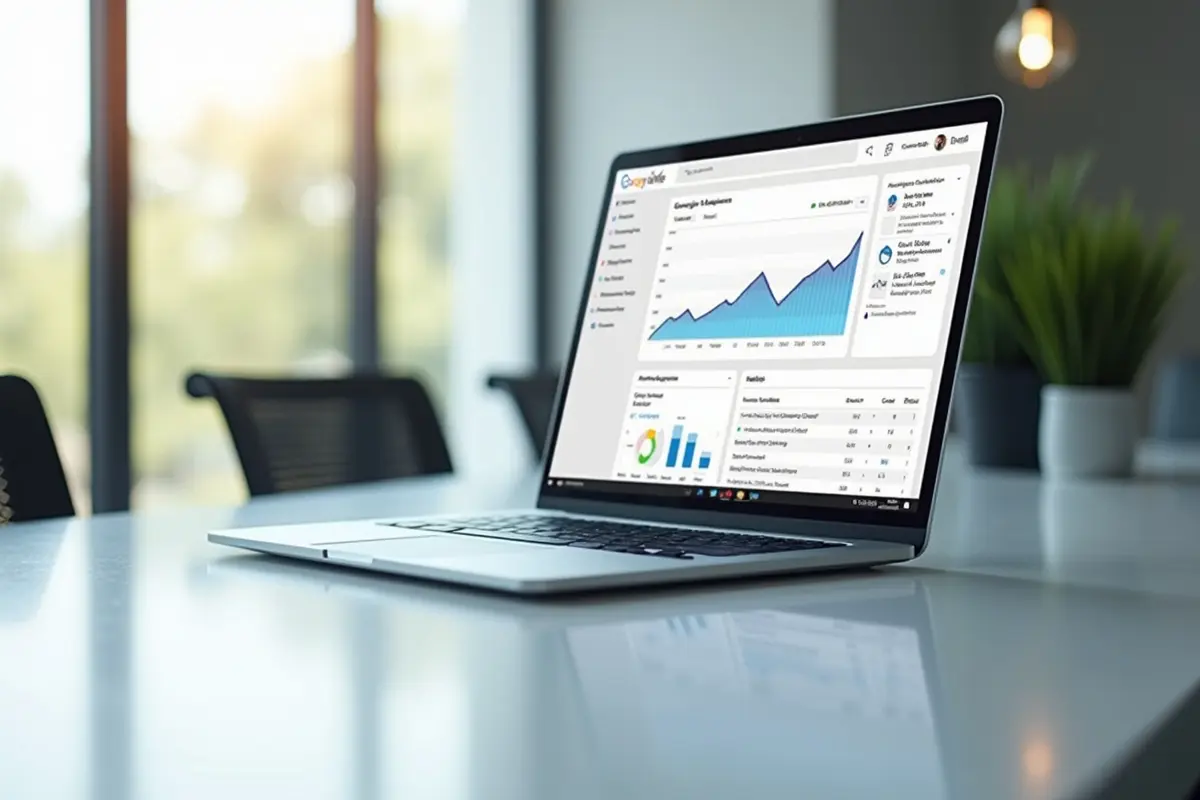Depending solely on Google for organic traffic is like walking a tightrope without a safety net. One algorithm update can drop your search ranking overnight. Then there’s the AI Overview, which, according to Ahrefs, has decreased click-through rates (CTRs) by around 34.5%.
Even a high ranking no longer guarantees clicks. That’s why the digital marketing experts recommend diversifying traffic sources.
Why is relying solely on Google so risky?
Google has been the go-to platform for businesses looking to attract visitors. While SEO (Search Engine Optimization) is still a cornerstone of any digital marketing plan, putting all your eggs in Google’s basket is risky. The search engine frequently updates its algorithms, sometimes causing major drops in rankings overnight. When this happens, you lose traffic, and recovery becomes challenging.
Now, there’s an even bigger challenge: AI Overviews. These summaries directly display the answers, giving users information without clicking through your website. Even a top ranking no longer guarantees the same traffic it once did.
Add in the fierce competition where established brands with big budgets dominate results, leaving smaller players scrambling for scraps. Ads and featured snippets also push organic listings further down, limiting visibility.
What are the most effective non-Google traffic sources?
Businesses that want to reduce or eliminate dependence on search rankings should diversify traffic sources by tapping into:
- Social media marketing: Almost everyone is using social media. Building a strong presence on Facebook, LinkedIn, TikTok and Instagram allows you to directly engage with people, foster conversations and build a community. Done right, using social media to drive website traffic is one of the most consistent ways to drive visitors to your site.
- Email marketing: Unlike social or search platforms, your email list is yours. You can reach subscribers whenever you want by sending newsletters or product updates. Email marketing is one of the most reliable and cost-effective traffic channels.
- Public relations (PR): Strategic PR (public relations) campaigns, such as press mentions, online features or podcast appearances, can amplify your reach beyond your existing audience. PR drives referral traffic and builds credibility and trust.
- Guest blogging: Writing for other websites in your industry allows you to tap into established audiences. These guest post opportunities for brand promotion send readers back to your site, build authority and improve your SEO through backlinks.
- Community platforms: Niche spaces like Reddit, Quora or other online forums offer targeted visibility. Sharing helpful contributions positions you as an authority and attracts highly engaged traffic.
How can content marketing drive traffic and build brand awareness?
According to the digital marketing experts, both content marketing and integrated marketing are highly effective, particularly for generating leads, increasing brand awareness and fostering customer trust and loyalty. The key is creating resources that solve problems, educate or inspire your audience.
Don’t rely on blog posts alone. Digital marketing experts also recommend using infographics, whitepapers, videos or podcasts. Regularly publish high-quality content to build trust and keep your brand top of mind. Building brand awareness through content marketing creates a foundation that makes every other channel more effective.
How can I leverage social media to drive website visits?
According to the digital marketing experts, using social media to drive website traffic requires a strategic approach.
- Tailor your content for each platform to drive more engagement on your posts.
- Share visually appealing content, such as images, videos and infographics, which are highly effective at capturing attention and add compelling calls-to-action to direct users to your website.
- Engage by responding to comments and sharing user-generated content to build relationships.
- Repurpose content to increase exposure without multiplying workload.
How do I measure the success of my new traffic sources?
Diversification only works if you track what’s effective. Analytics tools like Google Analytics and HubSpot show how visitors find you. Key metrics to watch include:
- Referral traffic (which sites or platforms send visitors).
- Bounce rate and session duration (do visitors stay and engage?).
- Conversion rate (are visitors taking action?).
- Subscriber and follower growth (is your audience expanding?).
Regularly review these metrics and adjust your marketing strategy. If a channel consistently underperforms, shift efforts toward those driving results. Data ensures you’re not just spreading efforts thin but investing in the most valuable traffic sources.
Final words
Relying solely on Google is like balancing your business on one leg. It works until the ground shifts. Diversifying traffic future-proofs your brand, reduces risk and unlocks new growth opportunities.




